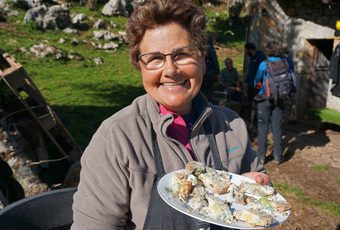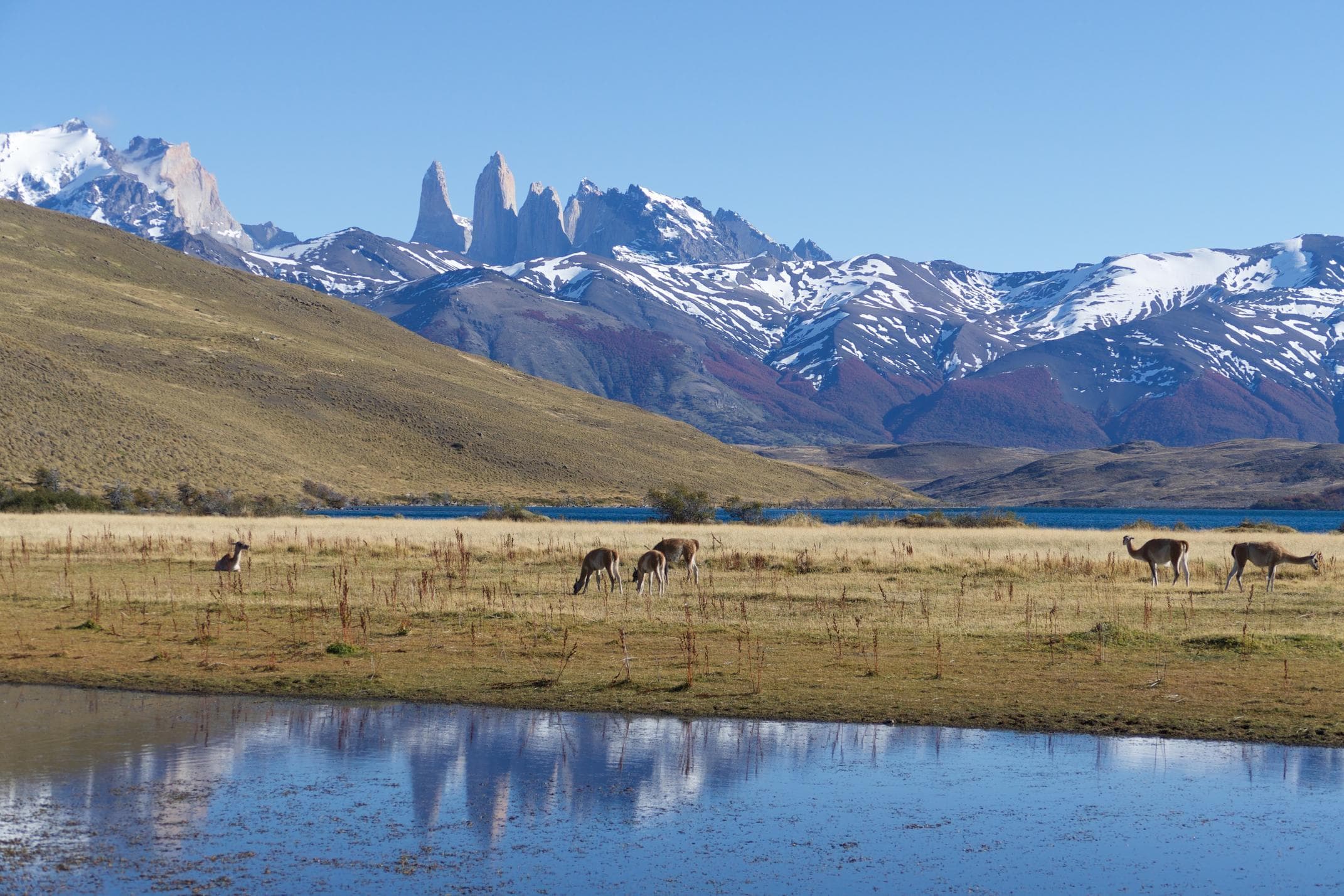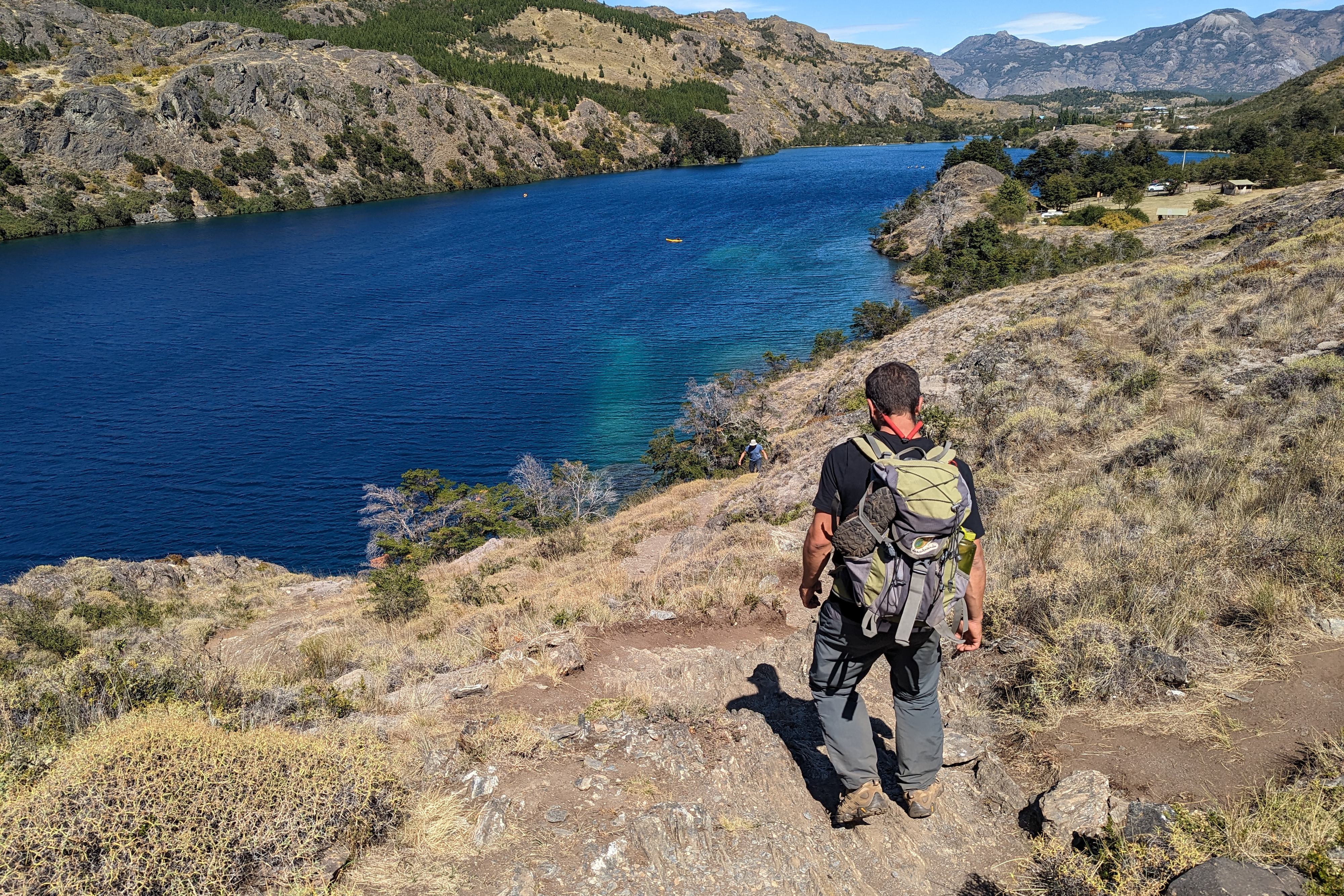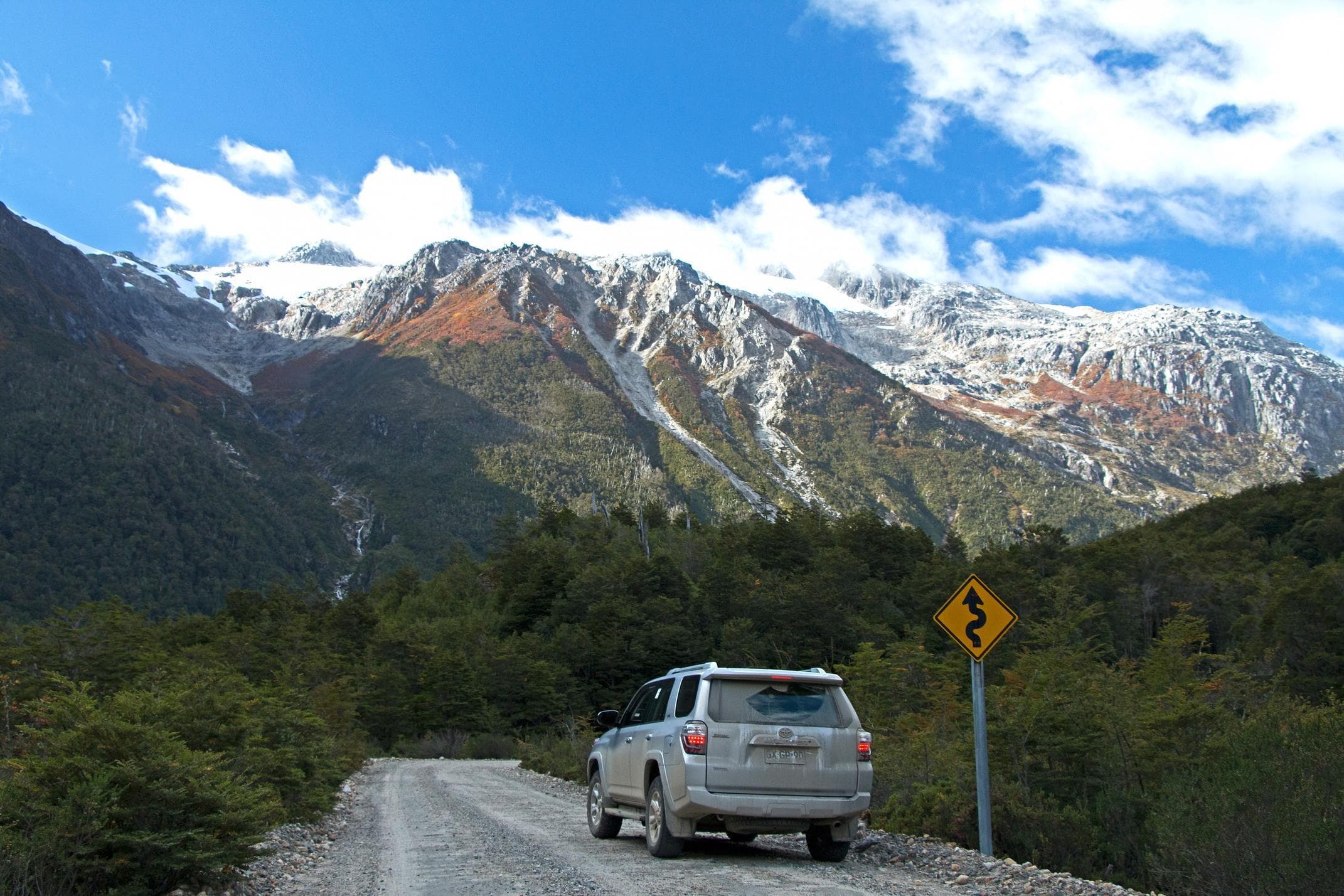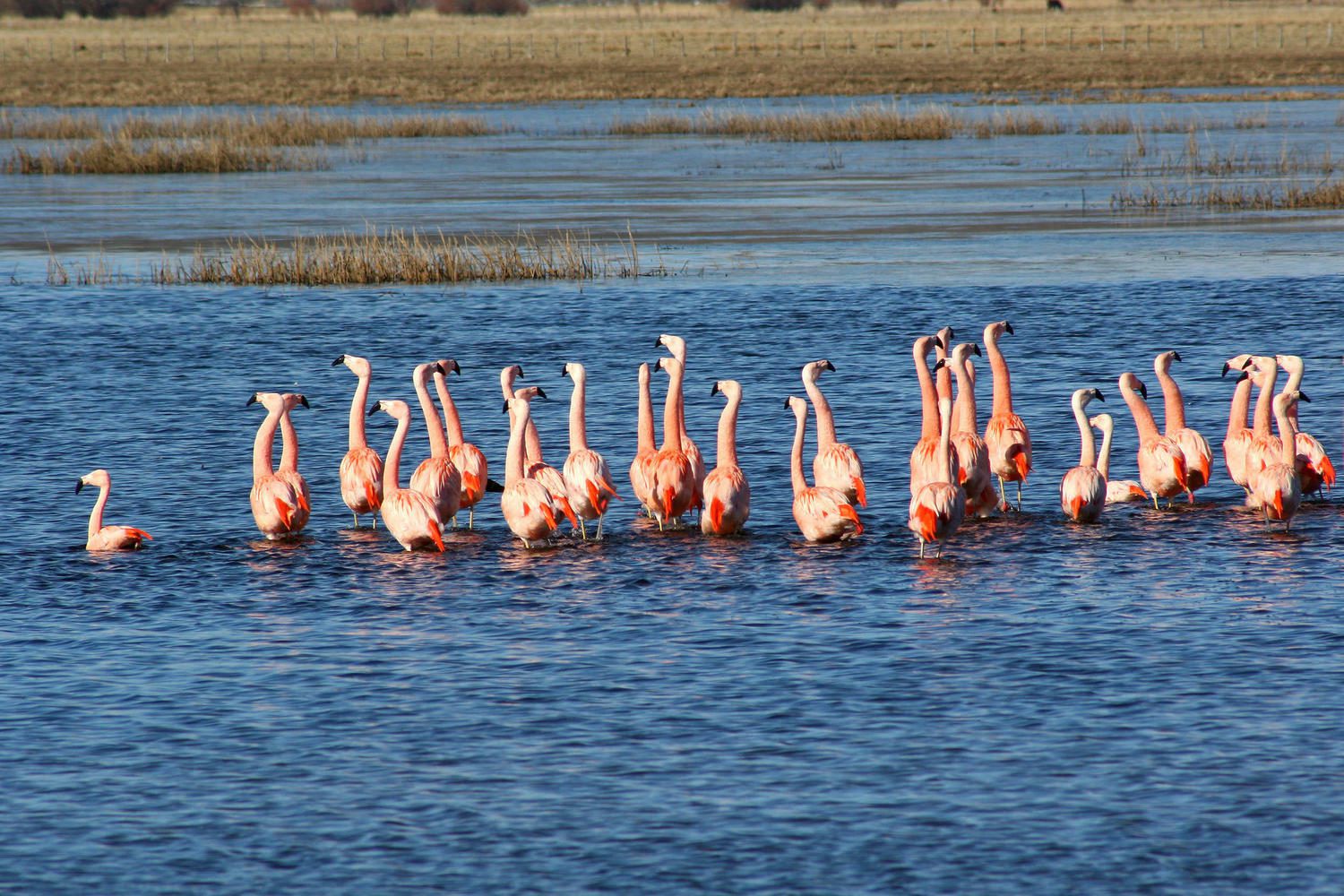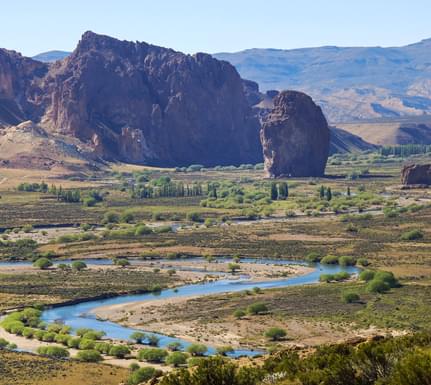Patagonia Vacations
Ignite your explorer's spirit in the brilliant undiscovered gems of Chile and Argentina, or combine Torres del Paine and the Perito Moreno Glacier with an expedition cruise to Cape Horn or Antarctica. All trips feature epic nature, great hikes, wonderful hosts and special places to stay, and can all be tailored or blended to suit you - get in touch to discuss.
13 Trips
-

![view from monte tarn in patagonia]()
![three adults walking along beach of lago grey]()
![lounge view at pampa lodge torres del paine]()
![guided looking through binoculars in torres del paine]()
![woman looking out over paine massif in patagonia]()
![magellanic penguin colony in patagonia]()
![looking out across glacier grey in torres del paine]()
![gauchos passing mate gourd in torres del paine]()
![guacho herding sheep in patagonia]()
![dinner at estancia in patagonia]()
![man fishing at sunrise in strait of magellan]()
Chilean Patagonia: Torres del Paine & Beyond
- Walks in epic nature
- Gaucho culture
- Guided days & independence
From$8,600pp -

![lake disctrict villa la angostura hiking]()
![welsh patagonia trevelin]()
![guanacos argentina patagonia piedra parada]()
![kayak lake district argentina]()
![vineyard argentina patagonia andes]()
![lunch homecooked argentina lake district]()
![raspberry picking trevelin valley argentina]()
![argentina wine andes trevelin]()
![horse riding lake district argentina]()
Argentine Patagonia: Lakes, Wine & Welsh Culture
- Glorious lake views
- Lovely lodges
- Richly local encounters
From$5,000pp -

![estancia gaucho visit chilean patagonia]()
![cerro castillo mountains chilean patagonia]()
![walking near coyhaique chilean patagonia]()
![lakeside lodge carretera austral lago general carrera]()
![driving carretera austral chilean patagonia]()
![guanaco patagonia national park chile]()
![chile guadal hotel family]()
![driving carretera austral chilean patagonia]()
Chilean Patagonia: Carretera Austral Road Trip
- Freedom to explore
- Patagonian hospitality
- Exquisite, varied landscapes
From$5,800pp -

![Chile patagonia torres del paine jagged ice face of glacier grey]()
![colchagua valley chile wineries]()
![tatio geysers atacama desert]()
![lady running down sand dune in atacama]()
![atacama aymara house valley incas]()
![Chile atacama standing on top of toco volcano]()
![cerro guido estancia torres del paine]()
![walking in torres del paine]()
![gaucho estancia sheep rearing patagnia]()
![condor torres del paine patagonia]()
![Grapes on vine]()
Atacama to Torres del Paine: Walking & Wine
- Insider's Atacama
- Time for wine
- Patagonia's greatest mountains
From$10,500pp -

![Argentina trevelin c casa yague 3]()
![Chile futaleufu reserve chris bladon pura aventura 1]()
![flamingos steppe chubut argentina]()
![estancia trevelin argentina patagonia]()
![guanacos argentina patagonia piedra parada]()
![kayak lake district argentina]()
![vineyard argentina trevelin patagonia]()
![lunch homecooked argentina lake district]()
![raspberry picking trevelin valley argentina]()
![argentina wine andes trevelin]()
![osorno volcano puerto varas chile lake district]()
Chile to Argentina: Lake District & Active Patagonia
- Indulgent lodges
- Glorious scenery
- Laugh-out-loud adventures
From$10,300pp -

![visiting perito moreno glacier patagonia argentina]()
![estancia torres del paine chile]()
![walking in torres del paine in patagonia]()
![condor torres del paine chile]()
![chile patagonia puma in torres del paine]()
![perito moreno glacier close up views]()
![hiking cerro torre near el chalten]()
![mount fitz roy el chalten argentina]()
![torres del paine national park lago pehoe]()
Torres del Paine, Glaciers & Fitz Roy
- Estancia life
- Patagonia mountains
- World's best day hikes
From$7,600pp
Loading more holidays...
Frequently Asked Questions
Why are your Patagonia vacations so special?
When is the best time to visit Patagonia?
Which is best - Chile or Argentina? Or both?
Where are the best places to go in Patagonia?
Where are the best places for walking?
What is it like driving in Patagonia?
What wildlife might I see?
I can't find a trip to suit my duration, can I still go with you?
How do I get a personalised itinerary?
Can I make changes to these itineraries?
What if I have more questions?
Patagonia's Hidden Highlights
Patagonia's greatest travel experiences often happen in the beautiful nature and rich culture of its undiscovered gems...
Your Pura Aventura vacations

Exceptional Vacations
Best-in-class vacations & service - is what our clients say they love about our trips, as noted in the highest possible 5* Feefo Platinum Award.

Travel Positive
Travelling with one of the first travel companies to be certified B Corp means your vacation, according to Which?, meets "the highest standards of social and environmental performance".

Beautifully Local
Vacations away from the crowds, crafted to give you a more authentic, local experience. Small-scale accommodation, exceptional guides & in-depth local knowledge.






